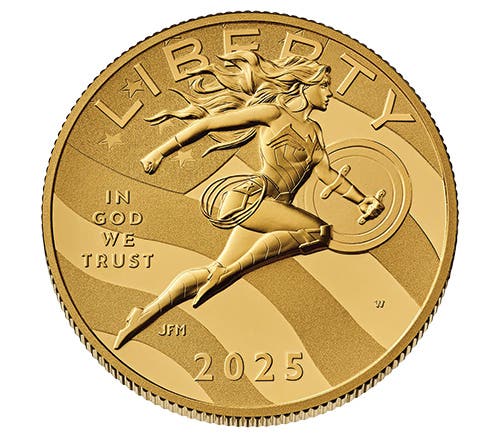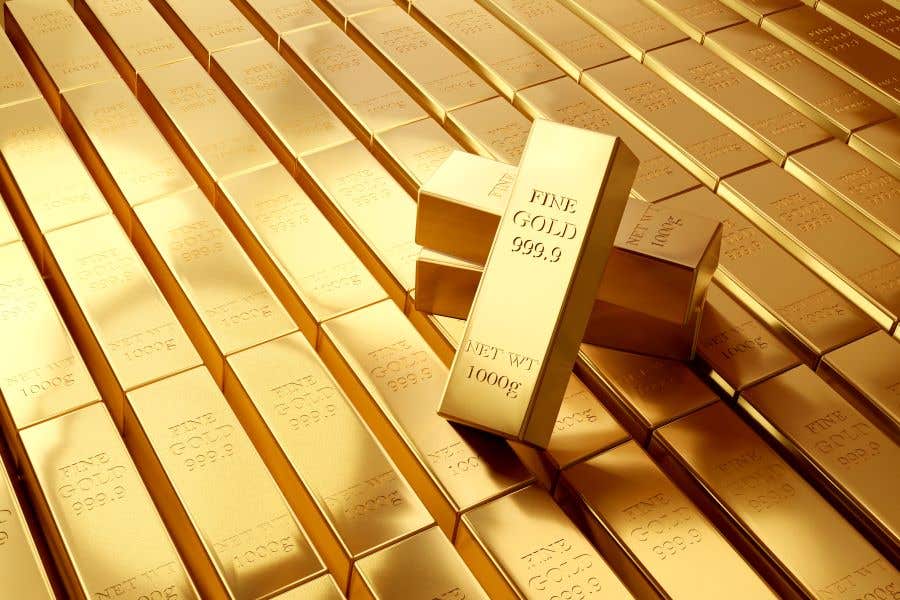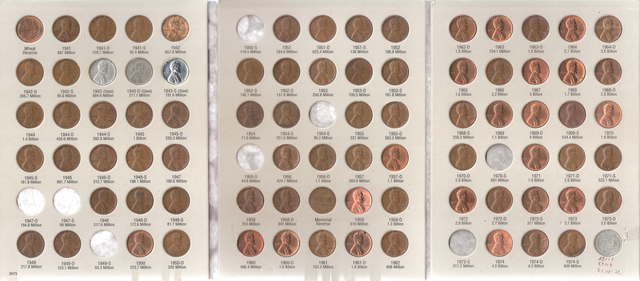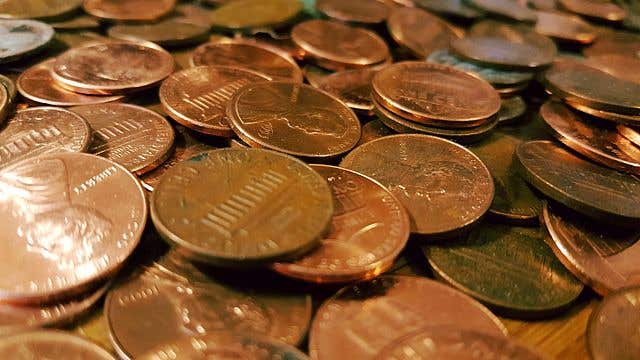Will Silver Become Obsolete as Money?
In an interview this week, researcher Lobo Tiggre (who has also published under the name of Louis James) expressed the opinion that silver may become obsolete as a financial and…
In an interview this week, researcher Lobo Tiggre (who has also published under the name of Louis James) expressed the opinion that silver may become obsolete as a financial and monetary asset. Instead, it may soon be valued on the basis of being only an industrial metal such as copper.
His underlying data for this idea comes from a shift in how silver’s price trends in tandem with gold. He stated that gold and silver prices moved in the same direction from 1975 to now almost 89 percent of the time. However, over the past 10 years their prices have risen or fallen at the same time only 75 percent of the days. Over the last year, this correlation has gone off the rails, where the prices of these two metals have trended in the same direction fewer than 20 percent of the days.
In addition to that decline in the correlation of daily price moves, Tiggre also forecasted that cryptocurrencies have the potential to displace the use of silver in smaller financial transactions. Thus, even if the U.S. dollar were to collapse, there would not necessarily be a reason to use silver to pay for things.
On the surface, this dramatic decline in correlation of which direction gold and silver prices move on a daily basis might seem to support his thesis. However, correlation or the lack of it does not automatically mean causation.
The concept of displacing silver in financial and monetary transactions has a parallel in how technology has displaced the use of coins and then currencies. For most of history, only coins were used for payment. The regular use of currency in place of coins is a relatively modern development – it wasn’t until about the 1300s that currency widely circulated in China and the first continuous currency elsewhere appeared in Sweden in 1661.
As currency displaced much of the usage of coins for payment, the use of checks then displaced much of the use of coins and currency in everyday commerce. Even the use of checks has now declined as a higher percentage of transactions are conducted with credit and debit cards and online transactions. In the United States today, fewer than 10 percent of all commerce is paid with currency and coins.
However, this trend away from using silver for payment in everyday commerce does not mean that silver will lose its status as a financial asset. A sizeable percentage of the world’s population today does not have access to the banking system or to making payments electronically. Many regions of India, with a population of hundreds of millions of people, are just one example. In these parts of the world, you can still find many transactions settled through payment with gold or silver.
Another factor to consider is the tactics used by governments and central banks to suppress the price of gold. One tactic takes advantage of the public’s perception that gold and silver are both monetary metals. Therefore, if the price of silver can be held down, which is a market that is only a tiny fraction of the size of that for gold, this will send a signal that gold’s price might go down.
Over the past two years, it seems clear to me that the efforts to suppress gold and silver prices have gone to greater extremes – no doubt due to the increasingly shaky global financial system – than in years past. Consequently, it would not surprise me that simply putting downward pressure on silver prices to help hold down gold could result in the lower correlation in recent price moves of the two metals.
Also, the correlation of daily price moves is not necessarily the most accurate indicator of correlation. What about an analysis correlating gold and silver price trends on a weekly, monthly, yearly or other basis?
Even those analyses for alternative time periods would not necessarily be that enlightening. From the end of 1999 to September 2011, the price of gold rose more than six times. The late researcher Adrian Douglas did a novel bit of research on this increase. He found that the changes in the price of gold from the London AM fix to the London PM fix the same day actually totaled a net decline in the price of gold during that time period. What that meant is that trading from the London PM fix to the next day’s London AM gold price fix generated more than 100 percent of the increase in the price of gold in the nearly 12 years of trading.
At the minimum, further analysis would need to be done to see if Tiggre’s declining correlation of gold and silver price moves prove consistent for different time periods.
In addition, his contention that people will stop thinking of silver as a financial and monetary metal may not happen soon. Gold has been used as a financial and monetary asset for 6,000 years, while silver has a 4,000-year track record for this purpose. That kind of track record would be almost impossible to displace in a matter of years or decades. Further, would those who hold well over a billion ounces of physical silver for financial and monetary purposes be likely to instantly change their thinking?
In my mind, I think there is a good chance that the use of physical forms of payment may almost completely disappear in the future. But, if the U.S. dollar were to collapse in the next few years – long before physical payment forms become obsolete – I think the public would initially turn to physical gold and silver as a reliable medium of exchange more than they would trust any electronic or internet payment system.
Patrick A. Heller was honored as a 2019 FUN Numismatic Ambassador. He is also the recipient of the American Numismatic Association 2018 Glenn Smedley Memorial Service Award, 2017 Exemplary Service Award, 2012 Harry Forman National Dealer of the Year Award and 2008 Presidential Award. Over the years, he has also been honored by the Numismatic Literary Guild (including twice in 2020), Professional Numismatists Guild, Industry Council for Tangible Assets and the Michigan State Numismatic Society. He is the communications officer of Liberty Coin Service in Lansing, Mich., and writes Liberty’s Outlook, a monthly newsletter on rare coins and precious metals subjects. Past newsletter issues can be viewed at www.libertycoinservice.com. Some of his radio commentaries titled “Things You ‘Know’ That Just Aren’t So, And Important News You Need To Know” can be heard at 8:45 a.m. Wednesday and Friday mornings on 1320-AM WILS in Lansing (which streams live and becomes part of the audio archives posted at www.1320wils.com).









